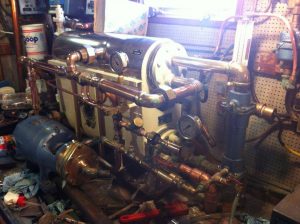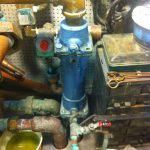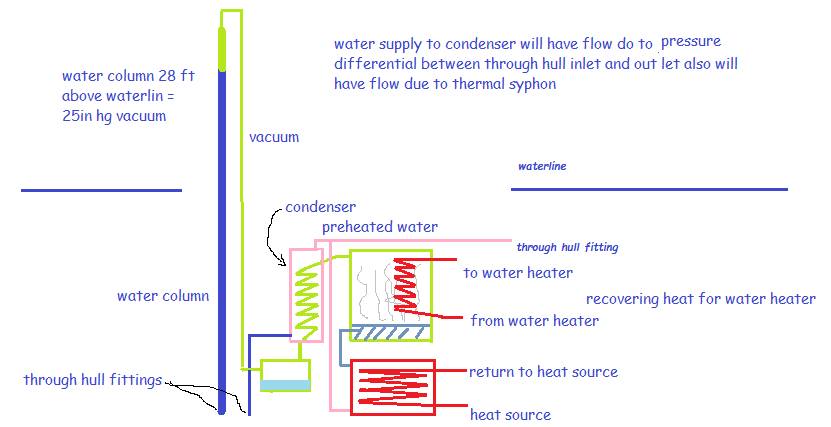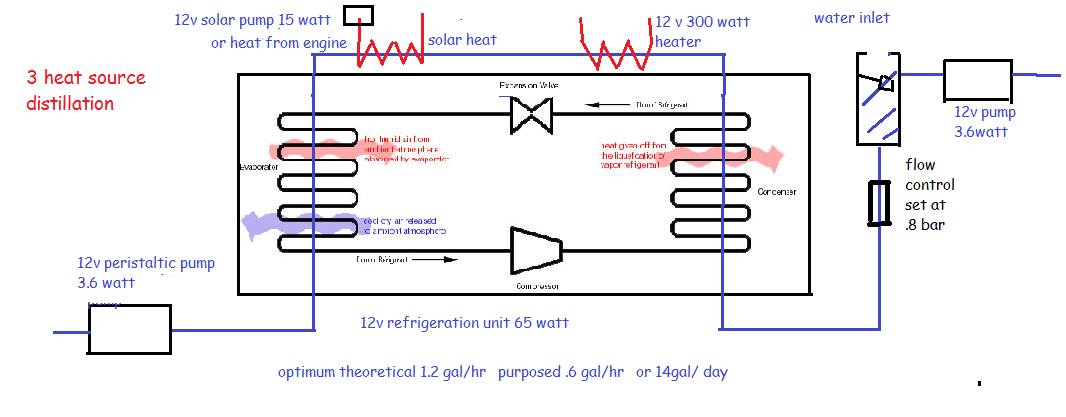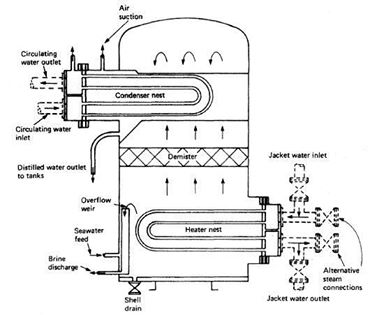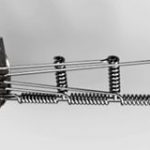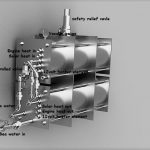I do wish we had not lost our ability to drink salt water, or breath it for that matter. It was an unfortunate turn in our evolutionary path. And wouldn’t it be very advantageous for sailors to also have a monkey’s tail?
So how do we manage to survive on an ocean of poison and avoid drinking our own urine? We need a least a gallon a day of fresh water. Much more to live in the comfort. Part of the problem is our idea of clean water. For too many of us, we believe that it only comes from a plastic bottle. Rivers, streams, ice, snow, and even rain have been placed on the “Dangerous” list. Putting rainwater on the “You can’t drink that” list is nothing short of another bad choice on the evolutionary path.
So on Seeker our primary source of fresh water will be rainwater. The pilot house and cabin tops are all built to collect rainwater. The drain hoses that collect the water from each corner will be routed to dump the water overboard, but that water will first pass through a ball valve. Once the majority of salt and bird shit have washed over the side the valves will be closed and the water will back up in the hose to a Tee where it will find a new route into our holding tanks built into the cargo holds floor. Once these tanks are full the excess wash through the tanks and dump the excess into the bilge in order to turn over the water in the tanks.
But it does not always rain and freshwater tanks can be contaminated by accidents so we need another reliable source. Reverse Osmosis or simply forcing seawater through a membrane that forces the salt out of the solution is a popular solution. And for the most part, it is a reliable solution. However, distillation is another solution and it has some attractive advantages for a boat that wants to operate cheaply and be able to make its own repairs even while at sea.
http://www.maximevaporators.com/heat-recovery-evaporators
Cody McMillan a Chief Engineer in the Canadian Coast Guard sent me this photo. It is a flash evaporator on a 72 foot trawler. built 1968, still works like a dream today. the only thing they have done since the 60’s is to add an electric pre heat and a salinity meter. Heater in the bottom from the engine, condenser in the top, vacuum pump to lower the boiling temp of the water. Sea water is pumped in, evaporated then condensed in the top and pumped out. this unit makes about 150 gallons an hour.
The warmer the sea water going into it, the more efficiently it works. The added inline pre heater for the sea water gets it up to about 35C before it hits the evaporator. At full vacuum the waterinside boils at about 60C
The vacuum pump is also the brine pump. It draws water in through an orifice and the pump is designed to run dry and pump air as well as water, so the pump suction is at a set point to flood the lower chamber. so it maintains the level inside the chamber as well as drawing it into a vacuum.
What We Want in a Water Maker
A flash evaporator is the basic water maker I want for Seeker, but I want to develop plans for unit that we can build and maintain on-board without complicated parts. And one that can also make some water passively with a small pump and solar or stove heating. And I want it tied in with a hot water supply system as well as a radiator heating system. A water maker that can provide small quantities of water is that it can operate without the necessity or reliance on an engine. Fewer dependencies in any system is a better system in my book. And as it will be able to generate great quantities of water when powered off the main or auxiliary engine; we will be able to provide water of a number of people when the need arises. And by building the unit ourselves we will be able to pass alone a low cost design to others.
Starter idea from Bob Gaston:
Any solar or wind generating system you need a dump so that you do not over charge your batteries, this is where the 12v 300 watt heater comes in. Refrigeration unit can still be used for other purposes (beer,food,air conditioning) The heat from the refrigeration unit is used as a preheat. The heat from the engine would be more efficient if taken from the exhaust. My thinking is for the heat from the engine and the heat from the solar share the same heat exchanger at the distillation unit that way only require one circulation pump. — Bob
Resources:
Maxium, Submarine Distilling Systems, Alfa Laval, Sondex, Generating Drinking Water on Ship
Storage Tanks
There are two freshwater storage tanks integrated into the hull at the forward end of the cargo bay. The port side stores water from the watermaker and the starboard side stores collected rainwater. The pumps can be used to transfer water from one to the other if desired.
Each tank holds about 300 gallons. The table below can be used the develope an dip guage.
Measurements Gallons
0 to 7.125 ” 40 Estimated
7.125 to 11.875″ 40
11.125 to 16″ 53 (Measurement is correct, ran the washer)
16 to 19″ 55
19 to 23″ 55
23 to 27.5 50 (27.5 is the top of the tank)

